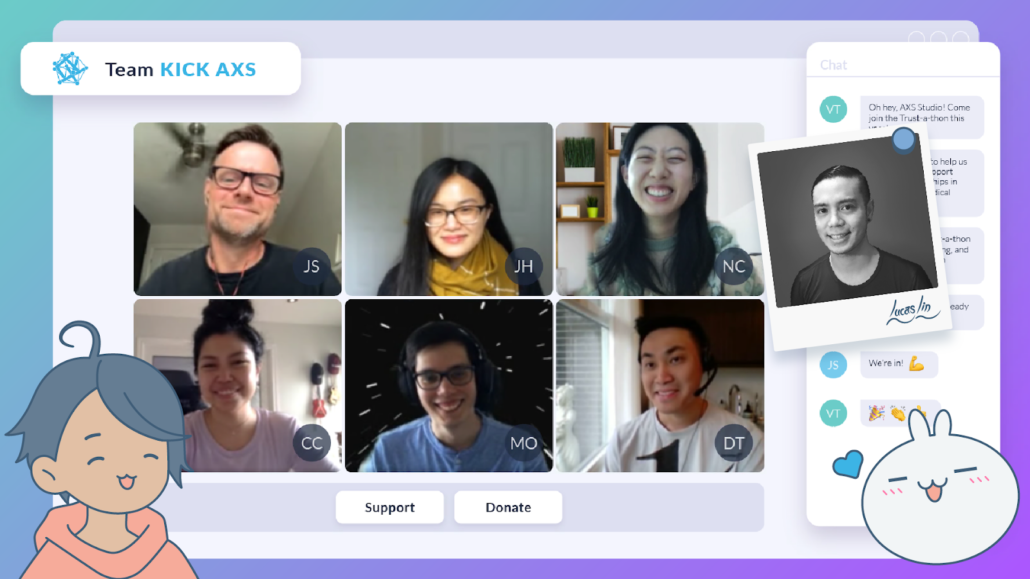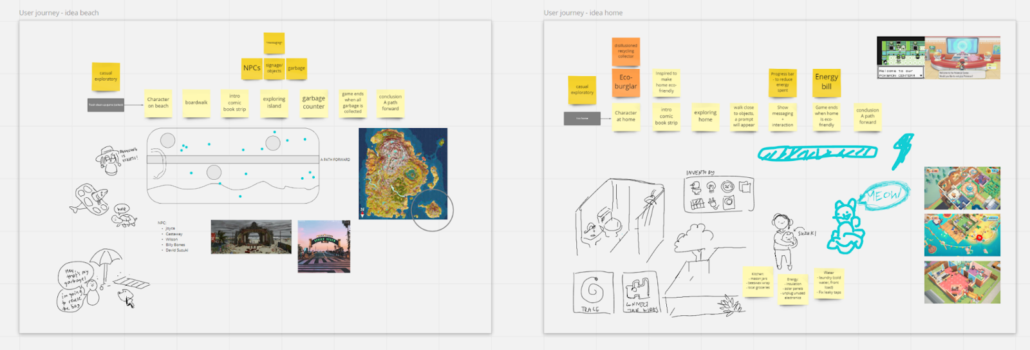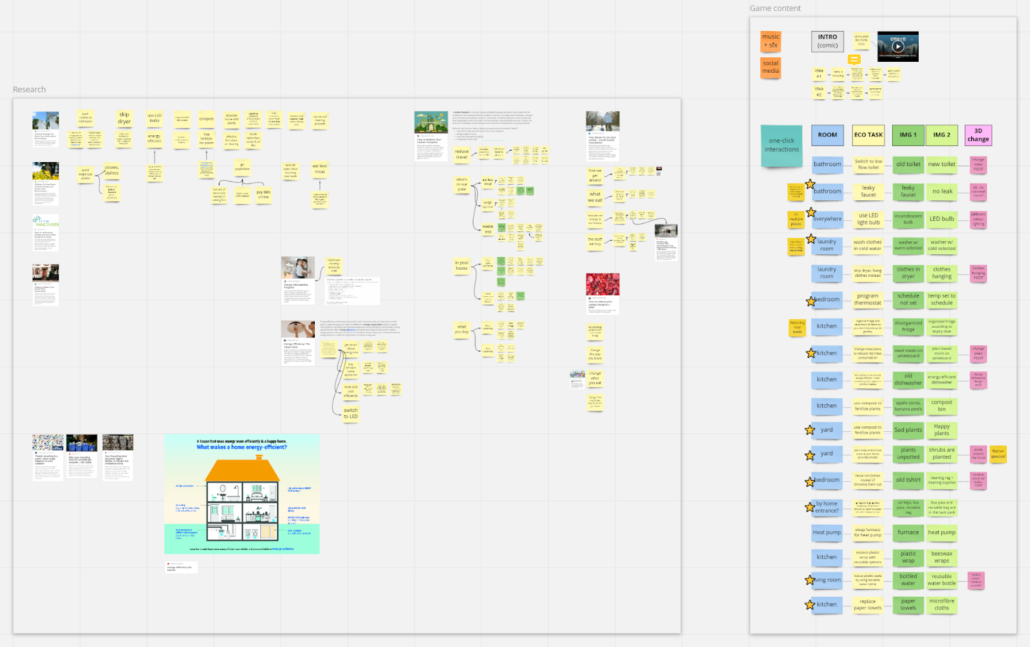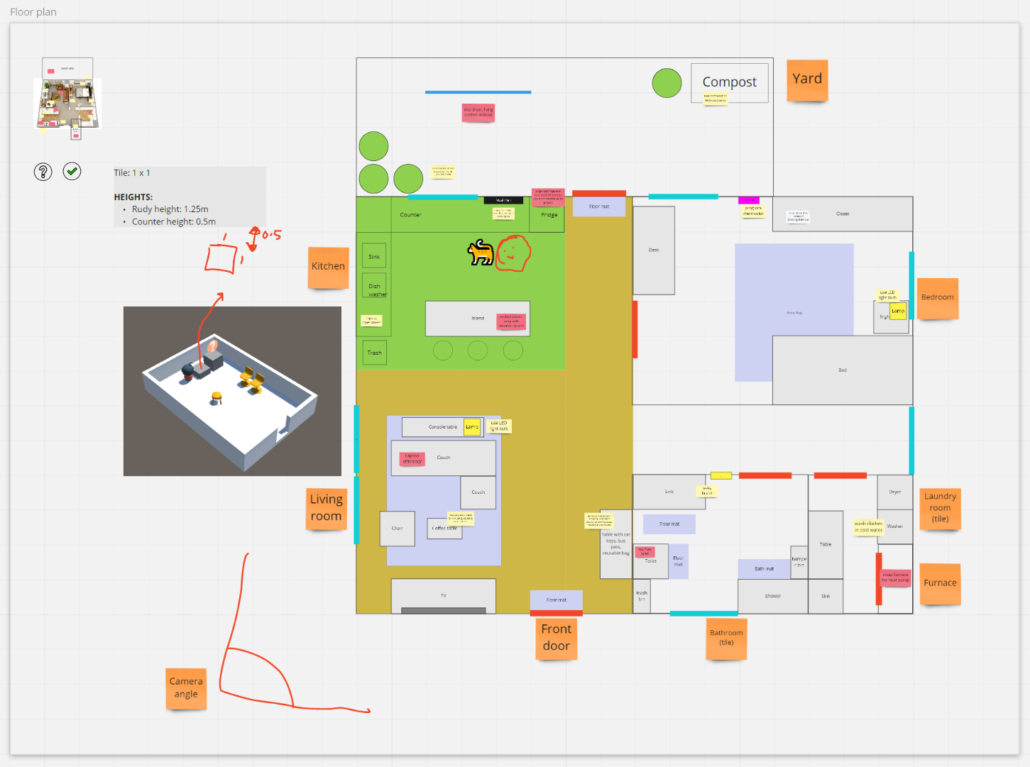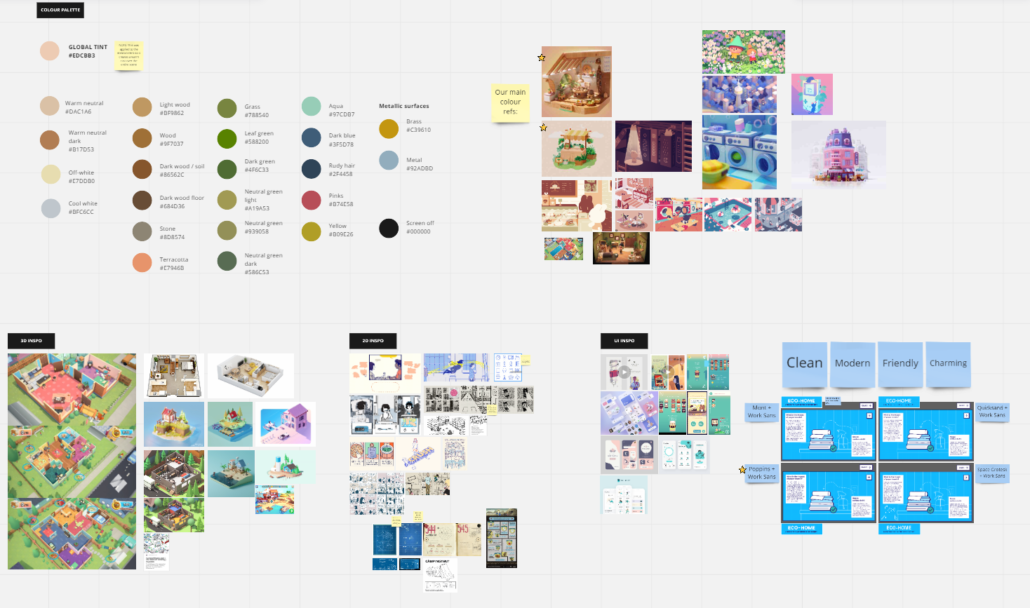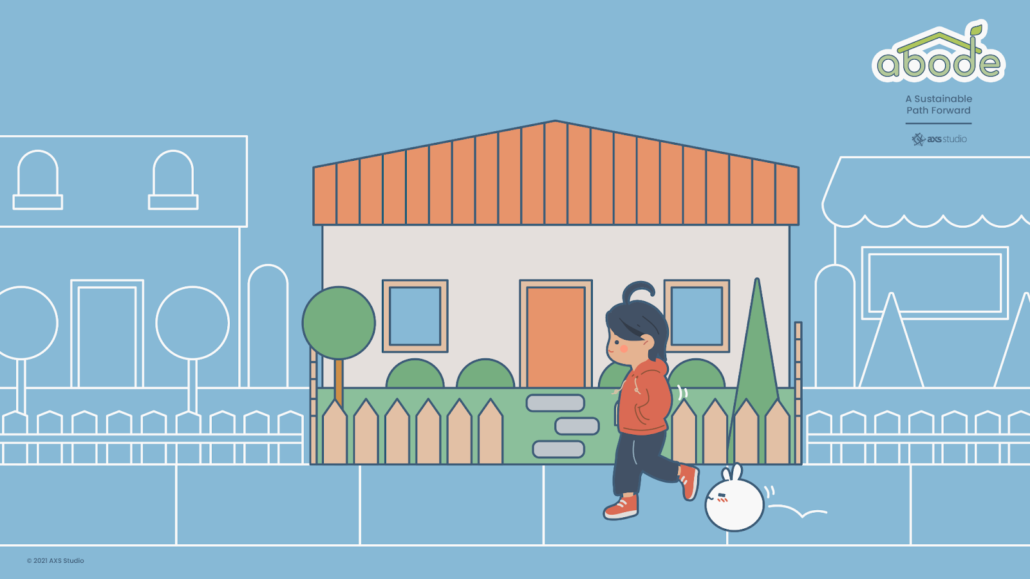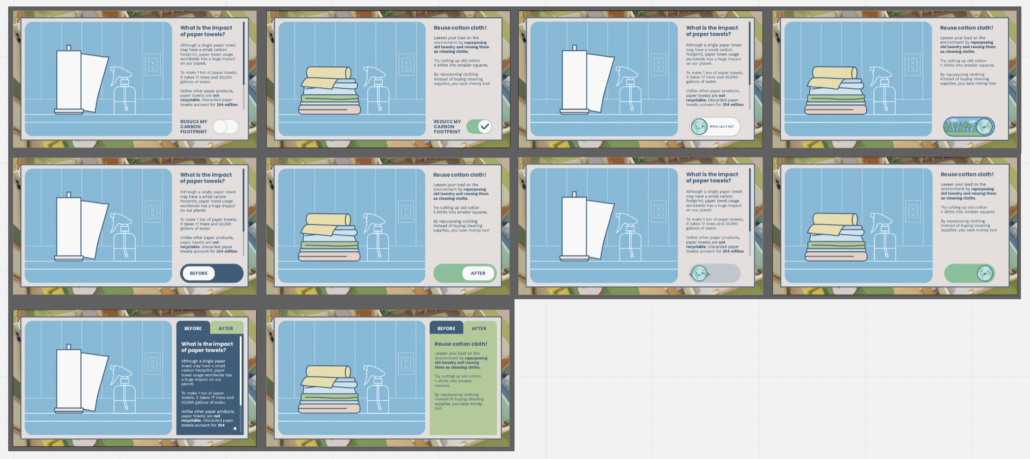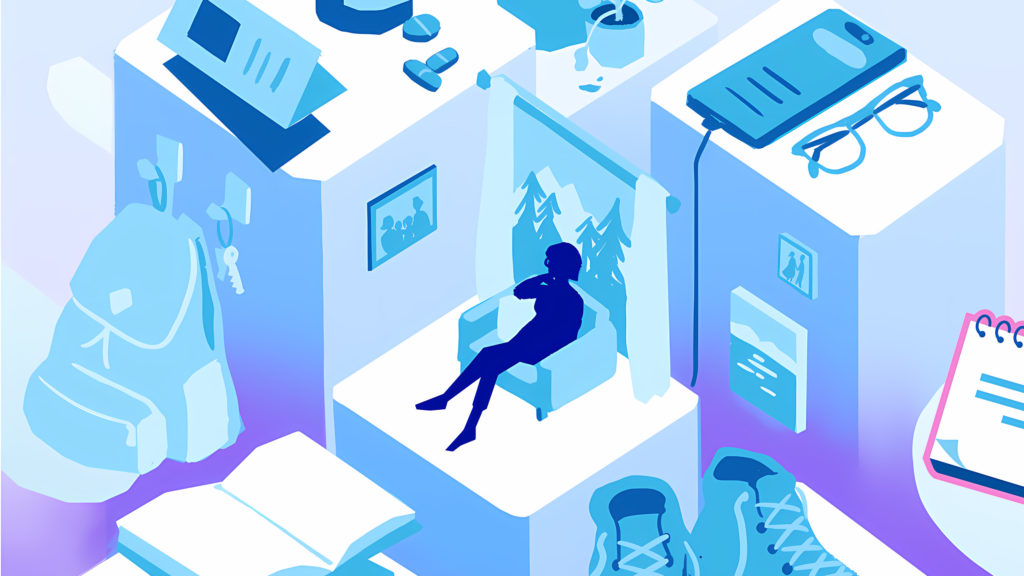Vesalius Trust-a-thon is an annual team fundraiser that supports student and professional research in the field of biomedical communications. Teams have two weeks to create a communication piece based off of a secret theme. After last year’s successful Pandemiquest game jam, Team AXS was once again up for the challenge! Our protagonist Rudy returned as a sustainable eco-warrior for this year’s secret theme: A Path Forward.
Ideation
Production
Bringing it all together
Just like for Pandemiquest, we had ambitions to port the game to mobile devices and release it on the app store. Originally, the plan was to keep the movement controls of the game intact– on desktop, the player would use W, A, S, D keys on the keyboard paired with mouse clicks to navigate the game. On mobile, this would have translated into a digital joystick. However, after some user testing we agreed that it didn’t feel natural. So, the entire movement system had to be rehauled to be tap-movement using NavMesh, making it much more mobile-friendly, and a lot more work.
Updating the UI to fit mobile screens was also a challenge. Through observations gleaned from user testing, the UI design underwent many rounds of iteration, ultimately landing on an interface that displays bite-sized educational content, and visuals that were easier to engage with.


